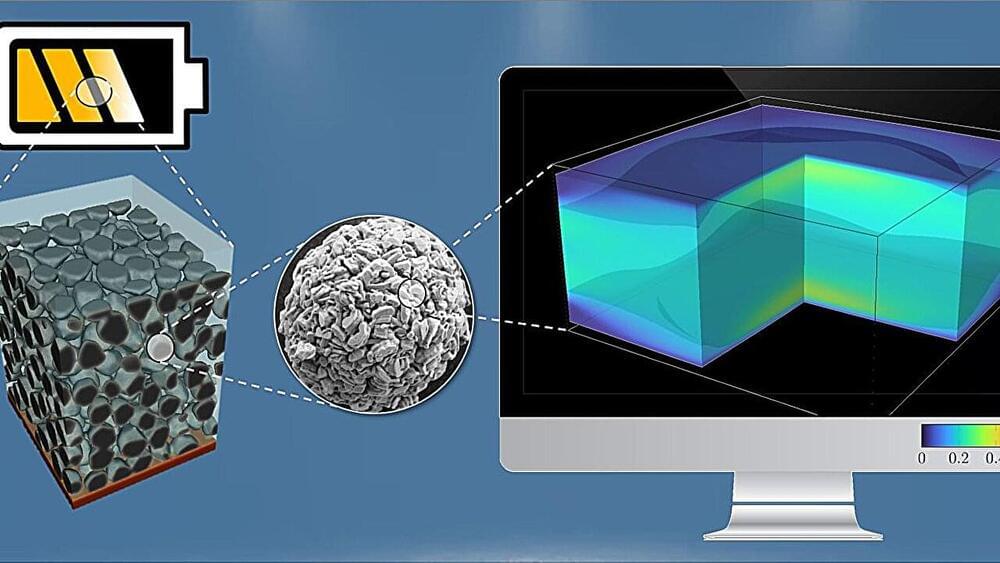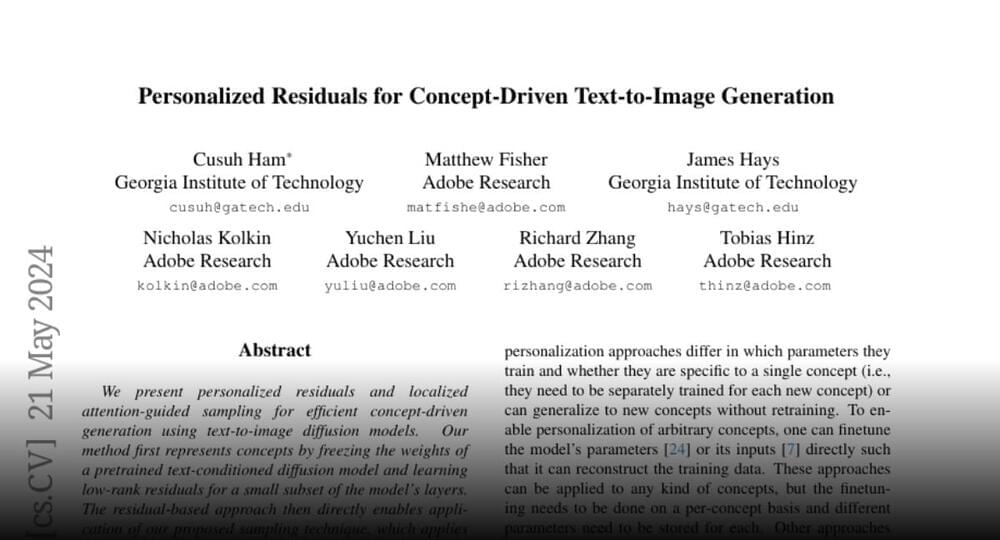Memristors mimic timekeeping in the brain, which is done with neurons that relax at different rates after receiving a signal.
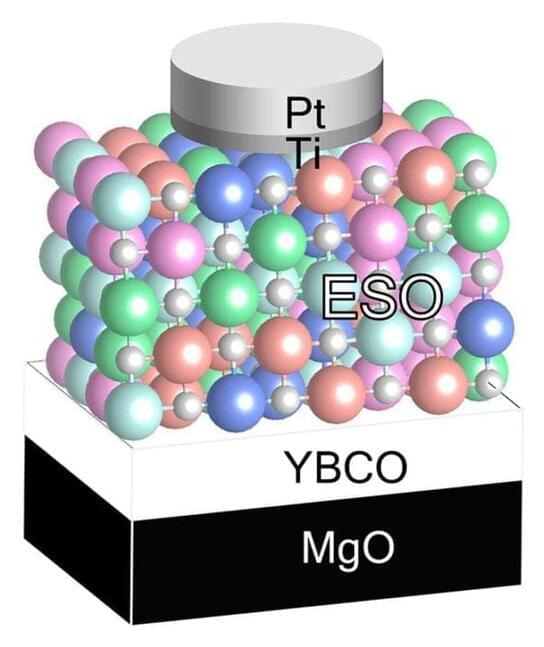

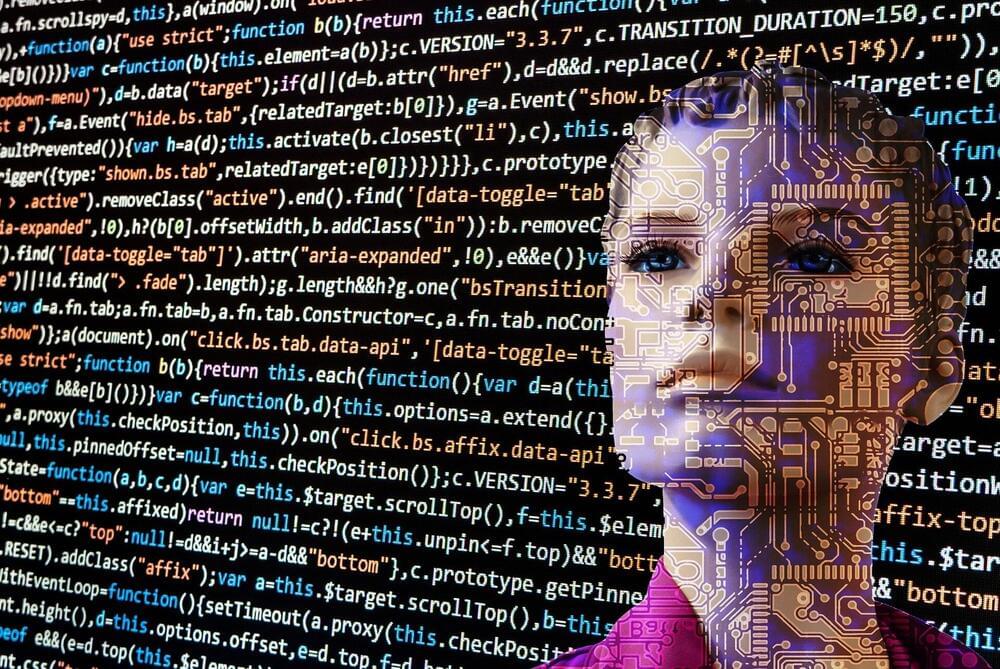
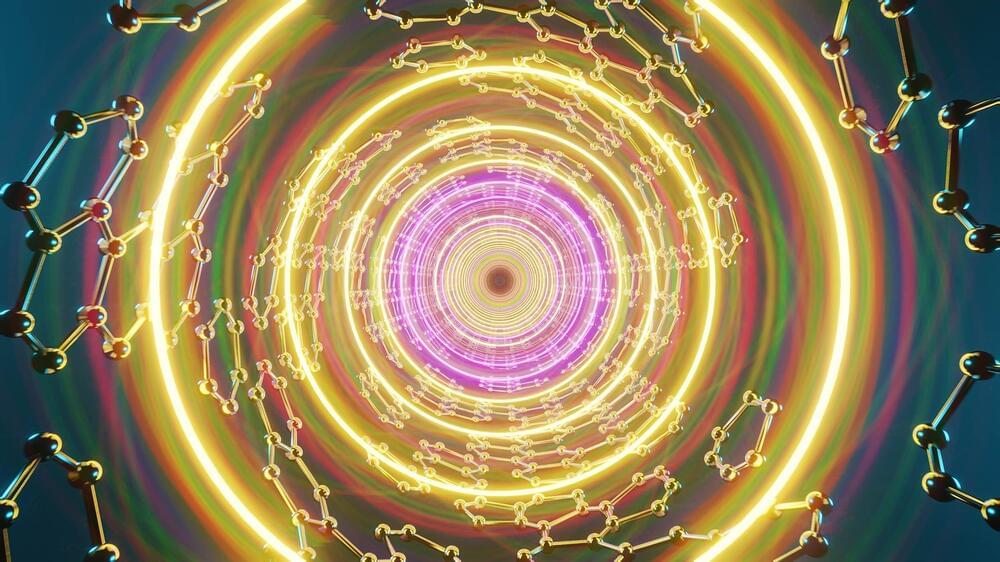
In the fascinating realm of quantum physics, particles seem to defy the laws of classical mechanics, exhibiting mind-bending phenomena that challenge our understanding of the universe. One such phenomenon is quantum tunneling.
In quantum tunnels, particles appear to move faster than the speed of light, seemingly breaking the fundamental rules set by Einstein’s theory of relativity.
However, a group of physicists from TU Darmstadt has proposed a new method to measure the time it takes for particles to tunnel, suggesting that previous experiments may have been inaccurate.


The Low Power Double Data Rate 6 (LPDDR6) memory may be introduced with data rates starting from 10.667 Gbps and bandwidth of 32 Gbps. This is the new information coming from the JEDEC presentation, as revealed by Synopsys and published Darkmont. The presentation touches on several topics, including LPDDR, DDR and CAMM standards.
The LPDDR5 standard is already 5 years old, it is time for an update. The mid-product update from Samsung and SK Hynix in a form of LPDDR5X and LPDDR5T are not good enough anymore and in 1–2 years demand for higher bandwidth will unquestionable. Especially given the progress in integrated graphics solutions, which heavily rely on fast system memory.
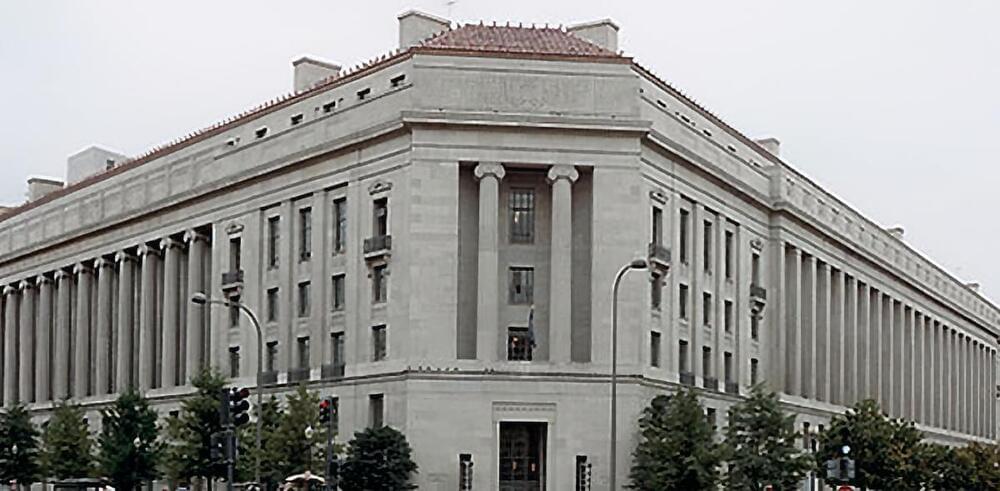
The US Department of Justice arrested a Wisconsin man last week for generating and distributing AI-generated child sexual abuse material (CSAM). As far as we know, this is the first case of its kind as the DOJ looks to establish a judicial precedent that exploitative materials are still illegal even when no children were used to create them. “Put simply, CSAM generated by AI is still CSAM,” Deputy Attorney General Lisa Monaco wrote in a press release.
The DOJ says 42-year-old software engineer Steven Anderegg of Holmen, WI, used a fork of the open-source AI image generator Stable Diffusion to make the images, which he then used to try to lure an underage boy into sexual situations. The latter will likely play a central role in the eventual trial for the four counts of “producing, distributing, and possessing obscene visual depictions of minors engaged in sexually explicit conduct and transferring obscene material to a minor under the age of 16.”
The government says Anderegg’s images showed “nude or partially clothed minors lasciviously displaying or touching their genitals or engaging in sexual intercourse with men.” The DOJ claims he used specific prompts, including negative prompts (extra guidance for the AI model, telling it what not to produce) to spur the generator into making the CSAM.
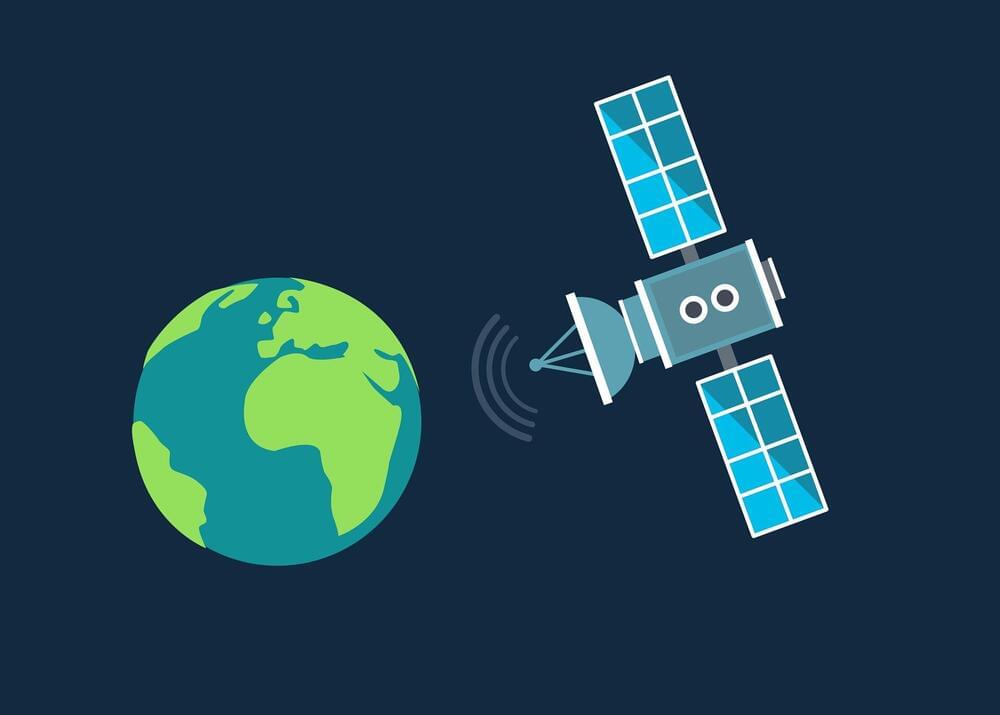
One of the main barriers involves how to connect objects to the internet in places where there is no mobile network infrastructure. The answer seems to lie with low Earth orbit (LEO) satellites, although the solution presents its own challenges.
A new study led by Guillem Boquet and Borja Martínez, two researchers from the Universitat Oberta de Catalunya (UOC) working in the Wireless Networks (WINE) group of the university’s Internet Interdisciplinary Institute (IN3), has examined possible ways to improve the coordination between the billions of connected objects on the surface of the Earth and the satellites in its atmosphere.
The paper is published in the IEEE Internet of Things Journal.
